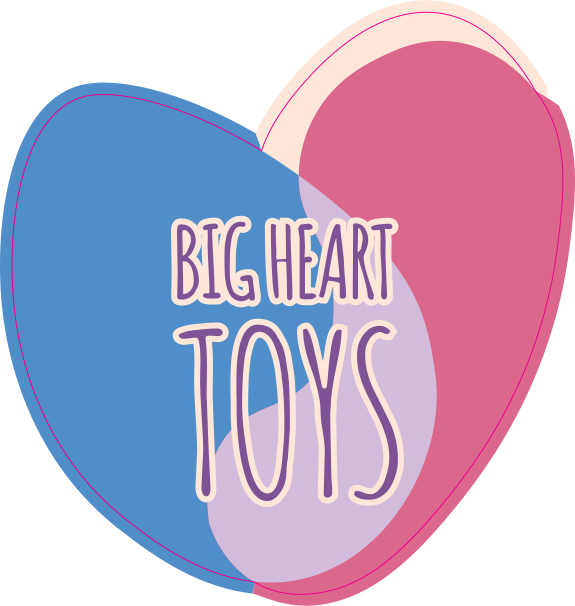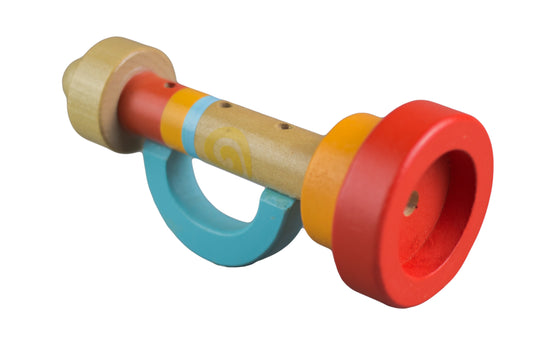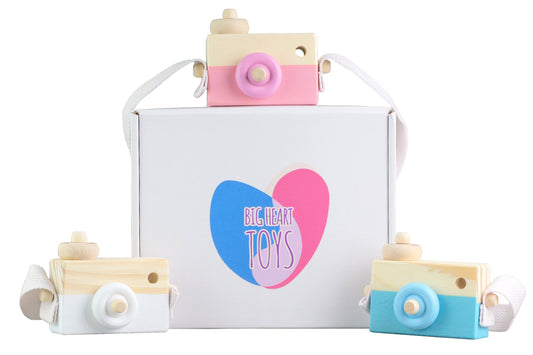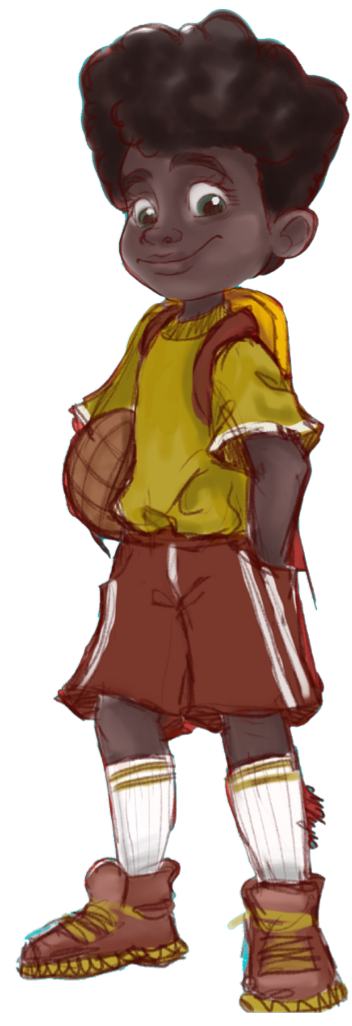Understanding autism spectrum disorder (ASD) takes time, research, and conversation. There is no “one size fits all” with autism, just as there’s no “one size fits all” with children. The willingness to learn and understand is essential.
Knowing that it takes adults time and effort to educate themselves about autism, it makes sense that the same should go for children. Explaining autism to a child shouldn’t be treated as a big reveal. Rather, it’s the start of a conversation that will become a learning process over time.
Autism shouldn’t be a taboo subject and doesn’t need to be treated like one. Emphasize that everyone in the world has unique differences that make them special. Autism is not a disease or anything wrong; it is just a part of who some people are. It’s about time we embrace neurodiversity!
Whether you’re explaining autism to a child because of a recent diagnosis of a loved one or friend, they’re asking questions, or you just want your child to have a better understanding, opening the discussion is just the starting point.
Let’s talk about how to help children become educated about autism and help them be future advocates themselves!
1. Process the Diagnosis Yourself First

If a loved one or friend is going through the process of an autism diagnosis, it’s important to process that yourself before bringing other children into the equation. This can be an emotional time, and when telling a child, stay calm, be ready with some answers, and have an understanding of what it is you’re sharing with them.
There is no rush. While this feels like huge, life-changing news, the autistic child or person with autism is no different than they were before the diagnosis. The diagnosis itself just brings some answers and opens doors for new options.
If your child has known this person for a long time, they already know and see a lot of who they are. Explaining the diagnosis does not have to be immediate. Of course, you want to start advocating and educating, but make sure you have time to process and a solid understanding before doing so.
Take your time, work through the diagnosis, and make sure you’re in a calm and educated place when you choose to share and educate a child.
2. Think About Terminology
Talking openly about autism can make it seem less scary and more normal, as it should be! Use appropriate terminology and speak in terms a child can understand.
Depending on the child’s age, using pictures can help explain the spectrum of autism. Consider their age and a general understanding of the world when choosing the terminology you’ll use when describing the different ways the brain works.
Educating yourself on the correct terminology when discussing autism shows respect and understanding for those on the spectrum. Model the most respected way to talk about it and perhaps discuss phrasing or terminology that isn’t appropriate to say.
For instance, it’s common for people with autism to want others to put the person before the disease when discussing the topic. This is as simple as saying “person with autism” rather than “autistic person,” as this terminology explains that autism is something they have, not who they are.
Some, on the other hand, prefer the term “autistic” as they identify it as part of who they are. This is something you can discuss with them before teaching your child so you teach them the most preferred terminology to use.
Explaining the spectrum is important, rather than using terms like “high-functioning” and “low-functioning.” These terms can be offensive and stereotypical, whereas the spectrum is inclusive and explains that the severity of autism can vary without placing people in one pool or another.
3. Focus on the Age-Appropriate Basics
Age should be taken into consideration when initiating this conversation. Young children are likely to understand that people are all unique, and this can be a great introduction to the concept. Connect ideas they’re familiar with, like making friends and playing with others, and describe how someone on the autism spectrum may have a tricky time with certain tasks.
Talk about things that may be more challenging, like social skills, verbalizing, or loud noises, and how we understand and accommodate a range of needs, just as we all have our own unique needs.
An older child may be able to understand an explanation of what autism is. You can share that this is a neurological difference that can affect communication, socialization, and behavior.
You may dive into sensory struggles or overstimulation, explaining the “why” behind certain reactions, behaviors, or meltdowns. Gauge what you share based on what your child can understand, and remember that you can continue to educate further as they grow.
4. Emphasis on Everyone’s Different Strengths
Discuss people with autism in the same way we would discuss any other person. It is one of the traits that may be unique about them, but everyone has unique traits!
People with autism have an incredible amount of unique strengths and talents, just as neurotypical people do. Discussing various strengths and uniqueness can help normalize autism and allow your child to form connections and correlations in their understanding.
Examples and discussing your own differences and strengths can help support this.
5. Allow Space for Any Questions
Remember, this is a learning process. Autism is not something that can be explained through one conversation. Assure your child that they can ask you questions and let them know it’s a good thing to understand better!
There is so much misinformation, misunderstanding, and many misconceptions behind autism. Wanting to know more and do better should be encouraged. Create a safe space to talk about specific behaviors and the reason behind them. This is how we create better-educated, more empathetic advocates in the world of autism.
Explaining Autism: A Better Understanding for a Better Tomorrow
Navigating Social Situations
Many books, toys, and resources can be used as social stories for children. Talking through appropriate ways to interact with others and ways to react to certain behaviors can help your child feel more confident. It’s likely your child will want to help; talk about small things they can do to help if others are overstimulated or struggling to process a challenging moment.
For example, if your child is playing with another child with autism and recognizes that they are getting overwhelmed and overstimulated, give them options of actions they can do, like turning off the TV in the background or turning down the music. Kids love to help and feel like they can do something! For example, interactive books like Luna Makes A Friend can help all children, those with autism and those who don’t, offering insight into emotional regulation and social skills.

This takes away the stigma that autistic behaviors are scary and helps them support those with autism.
Show Characters on TV With Autism
TV characters with autism help normalize what life looks like on the spectrum. This can help your child understand why their friend may not talk as much but see that they can still communicate in beautiful ways.
Create a culture that’s accepting, helpful, and kind to those with autism. Kids learn and pick up so much from technology. Watching others interact with autistic characters on television is a great place to start.
Conclusion: Understanding Autism
Approximately one in 36 children in the world are diagnosed with autism spectrum disorder. Creating a well-educated, understanding, advocating generation will make a better tomorrow for both children on and off the spectrum!
For more information on raising children with autism, check out our articles and resources.
Sources:
How to Explain Autism to Kids | 5 Tips for Parents
Sharing an Autism Diagnosis With Family and Friends | Child Mind Institute
Why the Team Behind Sesame Street Created a Character With Autism | Innovation| Smithsonian Magazine
Autism Spectrum Disorder (for Kids) - Nemours KidsHealth






